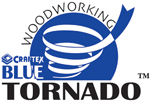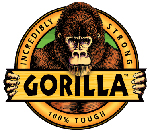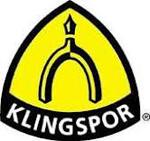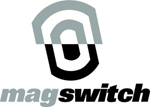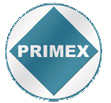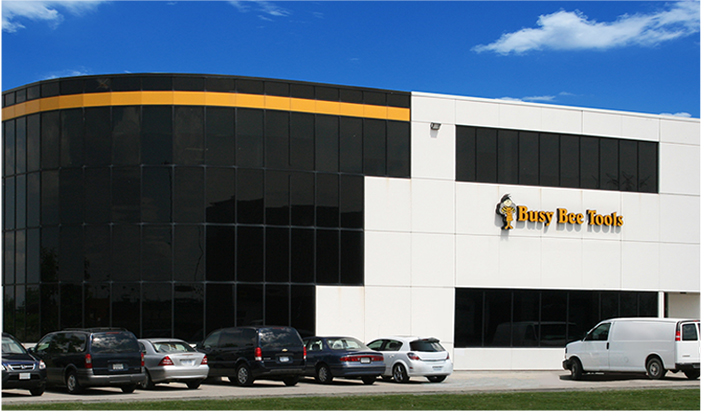Getting the Most from your Drill Press
By: Gord Thorogood
A Drill Press is probably one of the most versatile, labours saving machine you will have in your workshop. The drill press is at home in both the woodworking and metal working shops and is indispensable when you require straight, accurate holes in any material. Metal, wood, plastic, minerals, glass etc, can all be drilled using different techniques and cutting tools.
To briefly touch on some of the principles involved in drilling holes, the use of the twist drill in metal is probably the best example to use.
Firstly you must know what you are drilling. Once you determine the material i.e. aluminium, copper, brass , mild steel, alloy, steel, cast steel or cast iron etc, you must determine the speed to use for the size of drill selected . There are so many variables involved that speed and feed charts are a must to determine the proper rates.
Once you determine the speed required, select the closest speed on your machine keeping in mind that it is more prudent to select the slower speed when you have two speeds to choose from.
Assuming that the twist drill is properly sharpened and mounted in the machine by either the taper or a chuck and the material to be drilled is secured to the table whenever possible, the hole can now be drilled with little effort. If the surface to be drilled has a curve or slight tilt to it you can usually start the hole by using a centre drill prior to using the twist drill but normally a good centre punch hole is adequate to start the drill.
Many of the smaller drill presses now have tilting tables which can be used at times in place of angle vises etc. A large clamping bolt and a taper pin are normally used to locate the table horizontally. When you wish to change the table angle you first loosen the large nut and then you tighten the small nut to draw out the tapered pin. When the table is at the proper angle you then tighten the large nut. To reset the table you simply rotate the table and replace the tapered pin to align.
Twist drills have a chisel point at the centre of the cutting end of the drill which has to push the material out from the centre until one of the cutting edges can then generate a chip. When drilling larger roles it may be desirable to first drill a pilot hole. Select a pilot drill that is approximately the same diameter as the web thickness of the larger drill. This will considerably ease the pressure needed and reduce the tendency to produce oversize holes.
Remember that each operation has a technique and that have been developed over a number of years. If you are not getting the results that you desire, a little investigating will usually set you on the right track.
©Copyright 2010 by Busy Bee Machine Tools® Ltd. All rights reserved.




